Audrey Hepburn Risked Her Life to Help the Dutch Resistance During World War II
When you think of “old” Hollywood, Audrey Hepburn likely comes to mind. Her filmography is impressive, but what if we were to tell you that there was something even more awe-inspiring about her: her support for the Dutch Resistance during World War II. While still a teenager, the future star used her talents and young looks to aid underground efforts, despite the risk it posed.
Audrey Hepburn’s parents once supported the National Socialists
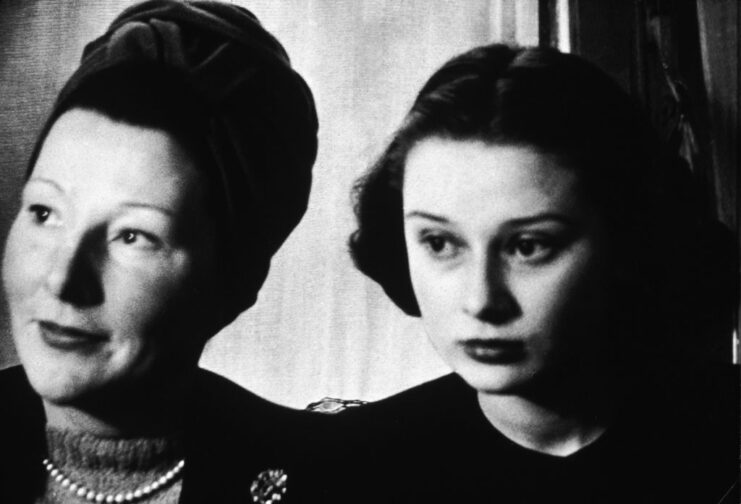
Prior to the German invasion of the Netherlands, Audrey Hepburn’s parents, Ella van Heemstra and Joseph Ruston, were avid supporters of the Führer and the National Socialists. van Heemstra wrote her praise for the regime in a newsletter, and the pair had actually met the Führer in Munich in 1935.
Ruston left the family when Hepburn was 10 and moved to the United Kingdom, where he joined the British Union of Fascists. van Heemstra, however, changed her views upon the arrest and execution of her brother-in-law, Otto van Limburg Stirum, and four other high-profile Dutchmen in August 1942. Given their status in society, they were slain as payback for the actions of the Dutch Resistance.
The loss of a relative had a profound impact on van Heemstra, who denounced the German regime and moved her family from Arnhem to Velp, where they lived with her sister and van Limburg Stirum’s wife, Meisje.
Unlike her parents, Hepburn never had sympathies for the Führer or his party; her education aboard in Belgium and the UK likely gave her enough insight to see through the rhetoric.
German invasion of the Netherlands
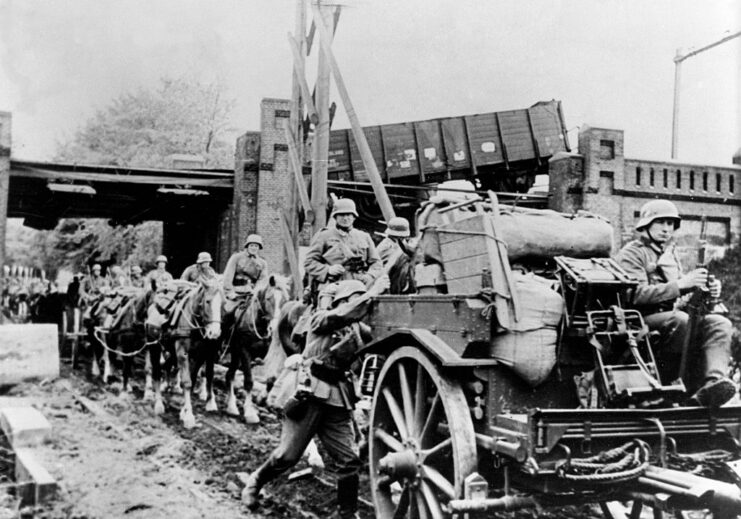
The German invasion of the Netherlands began on May 10, 1940, despite the nation proclaiming its neutrality. The ultimate goal was to gain control of France, and it was decided the most effective way to do so was to invade via Belgium and the Netherlands, meaning both countries needed to be conquered first.
As the Germans advanced further into the country, Queen Wilhelmina fled to the United Kingdom. As the attacks intensified, the decision was made for the Netherlands to capitulate, with the agreement being signed by Dutch Gen. Henri Winkelman on May 15. From that point until mid-1945, civilians and troops alike had to contend with an occupation, and the same persecution faced by Jewish populations across German-conquered Europe began to occur.
Aware her “English-sounding” name would put her and her family at risk, Audrey Hepburn opted to go by Edda van Heemstra. It wasn’t long before she witnessed first-hand the atrocities perpetrated by their occupiers, including street executions and civilians being shipped out of the country.
“I remember, very sharply, one little boy standing with his parents on the platform, very pale, very blond, wearing a coat that was much too big for him, and he stepped on the train,” she revealed. “I was a child observing a child […] Then I realized what would have happened to him.”
Putting on illegal ballet performances
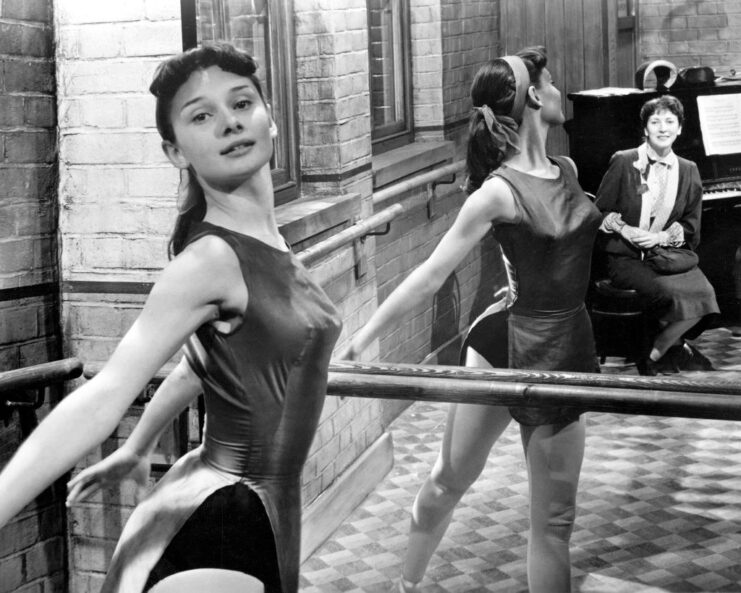
Audrey Hepburn continued to study ballet throughout the Second World War, and she caught the attention of local Resistance leader Hendrik Visser’t Hooft. Before long, she was attending and performing in zwarte avonden (“black evenings”), illegal invite-only performances put on my musicians and dancers. They occurred at night, behind closed and blacked-out windows, to raise money for Dutch Jews.
The van Heemstra family attended their first zwarte avonden in April 1944, at which point Hepburn knew she wanted to put on her own performances. Before long, she was regular on the scene, with her acts being put on while guards stood watch outside.
“I did indeed give various underground concerts to raise money for the Dutch Resistance movement,” she explained. “I danced at recitals, designing the dances myself. I have a friend who played the piano and my mother made the costumes. They were very amateurish attempts, but nevertheless at the time, when there was very little entertainment, it amused people and gave them an opportunity to get together and spend a pleasant afternoon listening to music and seeing my humble attempts.”
What else did the van Heemstras do for the Dutch Resistance?
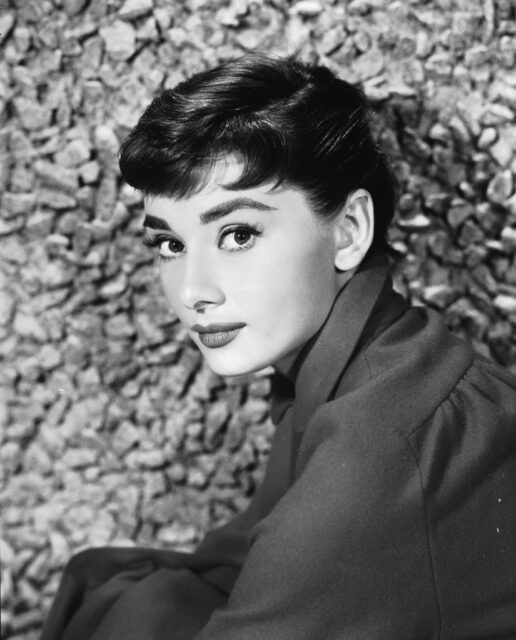
Outside of her performances, Audrey Hepburn and her family did a lot to aid the Dutch Resistance. For starters, they sheltered a British pilot who’d been shot down, with her son, Luca Dotti, revealing the risky endeavor invigorated her. “[She] told me it was a thrill for her – it was risky, he was a stranger in uniform, a savior, and therefore a knight and hero.”
Hepburn was also said to have helped deliver food and messages to downed Allied aviators, with her viewed as the perfect person to conduct the latter task, for she not only spoke English, but was young enough to not arouse the suspicion of the Germans. This is also why she was used to smuggle the Resistance newspaper Oranjekant (“Orange Paper“).
“I stuffed them in my woollen socks in my wooden shoes, got on my bike and delivered them,” she later recalled.
Audrey Hepburn survived the ‘Hunger Winter’
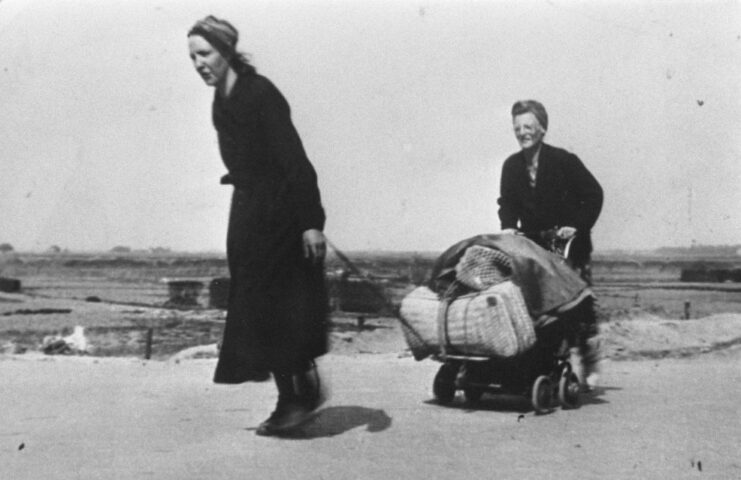
Following the Allied landings at Normandy, France, on D-Day, supplies became scarce in the Netherlands. Everything from food and water, to fuel and other necessities were impossible to come by, leading many to dub the months that followed the “Hunger Winter.”
Before long, malnutrition and anemia became widespread, with civilians turning to tulip bulbs for sustenance. Audrey Hepburn’s family was among those to struggle, with the teenager suffering from edema and anemia. Her lack of nourishment meant she still struggled in the months after the war, developing jaundice and a chest infection.
Hepburn recalled decades later, “I went as long as three days without food and most of the time we existed on starvation rations. For months, breakfast was hot water and one slice of bread, made from brown beans. Broth for lunch was made from one potato and there was no milk, sugar, cereals of any kind.”
Liberation of the Netherlands
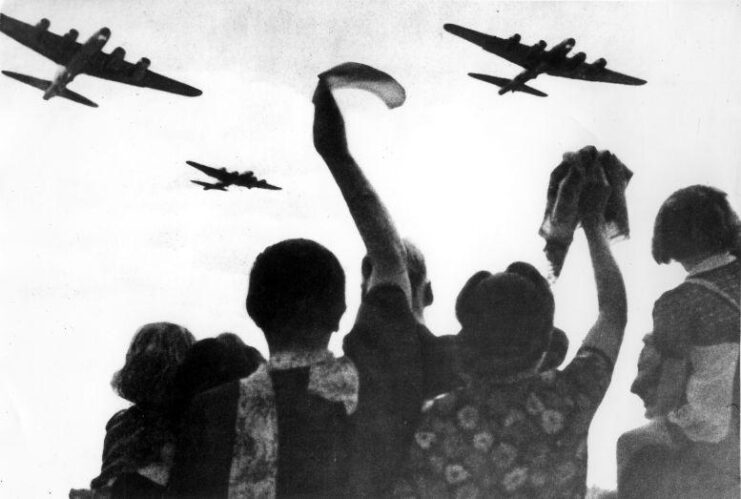
The Allies began their liberation of the Netherlands in the latter half of 1944, with Velp being freed from its German occupation on April 16, 1945. At first, Audrey Hepburn and her family didn’t know what was happening, and it was only when they left the cellar in which they’d hid that they realized the enemy had been chased out of town.
Hepburn was so elated that she approached a group of soldiers and asked them for a cigarette, prompting one of them to cry out, “Not only have we liberated a town, we have liberated an English girl!” While her first puffs caused her to cough, she would, from that moment on, associate smoking with her liberation from German rule.
Audrey Hepburn continued to entertain audiences
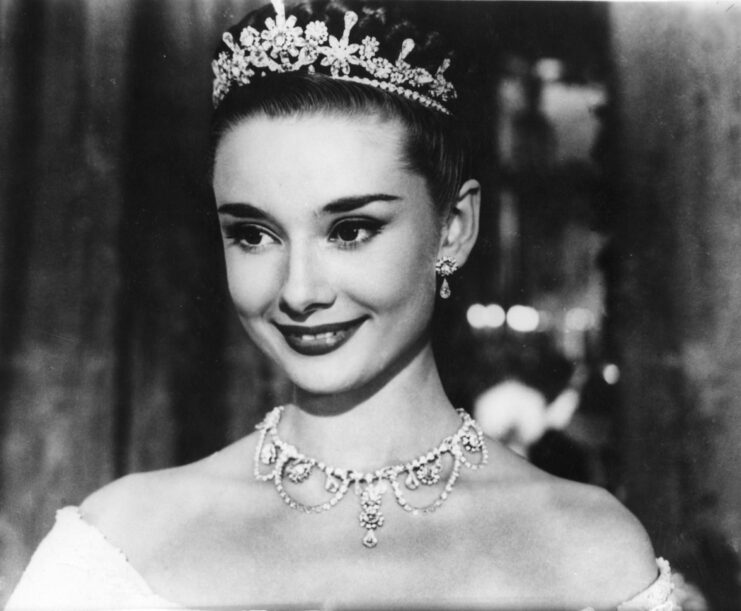
Following the Second World War, Audrey Hepburn and her mother relocated to Amsterdam, where she studied ballet under the tutelage of Sonia Gaskell and Olga Tarasova. Her skills subsequently afforded her a ballet scholarship in the United Kingdom, leading here to move countries and begin performing as a chorus girl in West End revues. Alongside these performances, she did work to improve her voice.
Hepburn’s efforts ultimately led to her being registered as a freelance actor with the Associated British Picture Corporation, and it wasn’t long before she’d moved to the United States to pursue acting full time. She starred in several theatrical and big-screen productions over her decades-long career, the most notable being Gigi (1951) and Ondine (1954) on Broadway, Roman Holiday (1953), My Fair Lady (1964), Breakfast at Tiffany’s (1961) and Charade (1963).
Outside of acting, Hepburn also dedicated her time to humanitarian efforts – in particular, she was Goodwill Ambassador with UNICEF. Upon her appointment in 1989, she cited the aid she received during the German occupation of the Netherlands as a driving force in her wanting to help others.
More from us: ‘They Were Expendable’ Actor Robert Montgomery Actually Served in the US Navy During World War II
Want to become a trivia master? Sign up for our War History Fact of the Day newsletter!
On January 20, 1993, Audrey Hepburn died in her sleep. The 63-year-old had been battling appendiceal cancer.
The post Audrey Hepburn Risked Her Life to Help the Dutch Resistance During World War II appeared first on warhistoryonline.
Audrey Hepburn Risked Her Life to Help the Dutch Resistance During World War II
Philippines Truth
Post a Comment
0 Comments